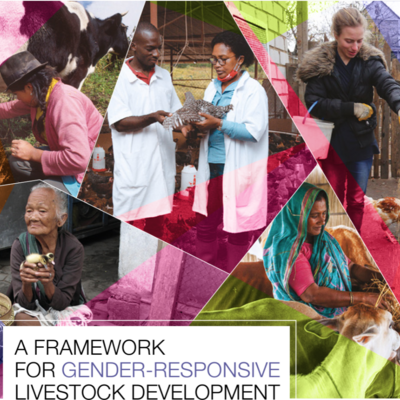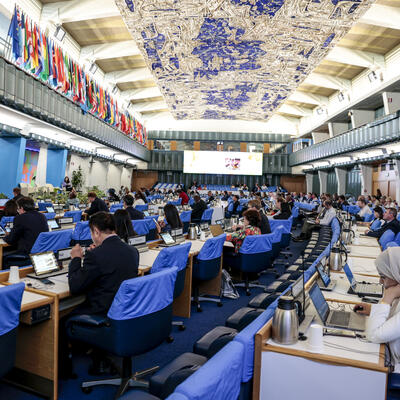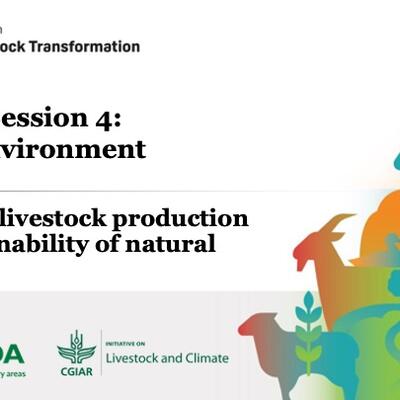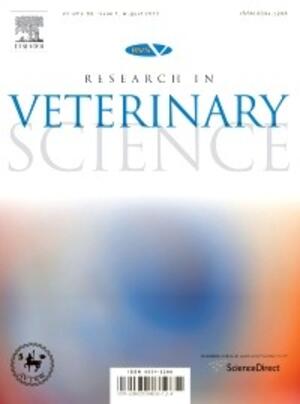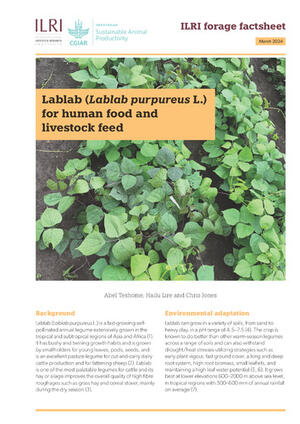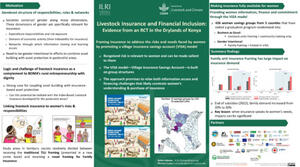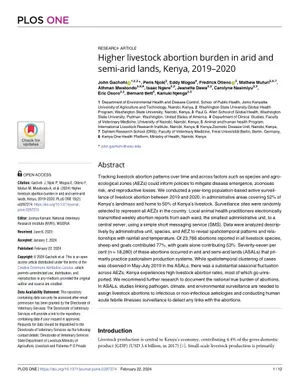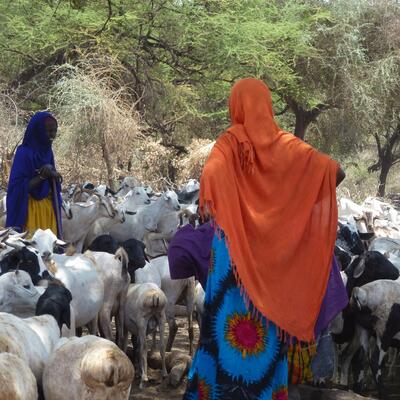
South Vietnam study shows pig production still most profitable in country’s livestock sector
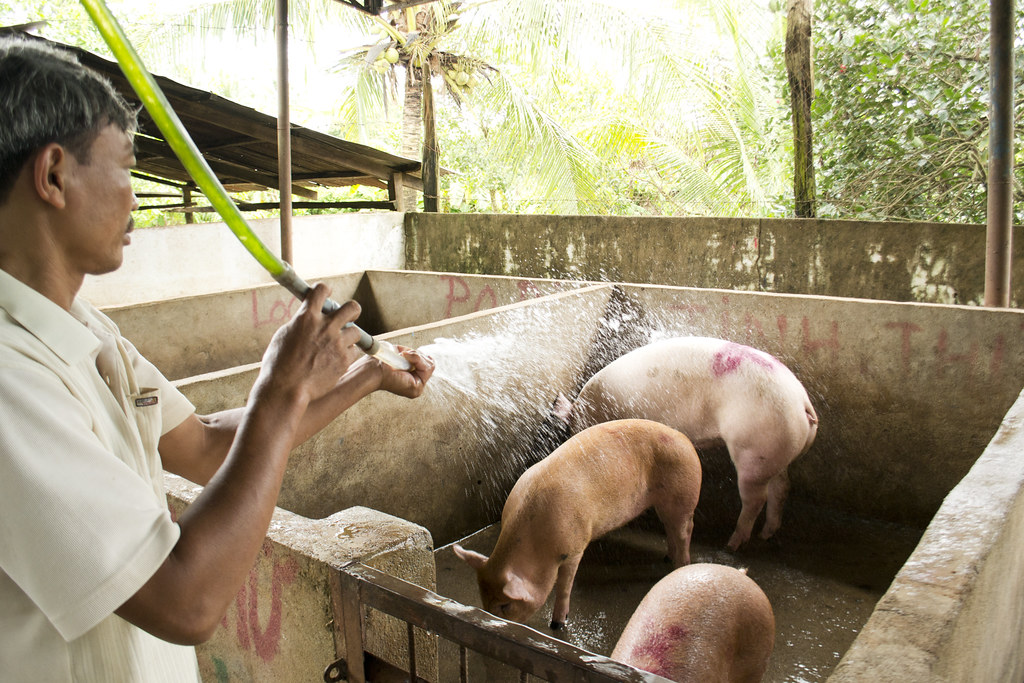
A local slaughterhouse worker in Vietnam cools down pigs with the help of a hose (photo credit: ILRI/Andrew Nguyen).
Under the REVALTER project, the International Livestock Research Institute (ILRI), with other partners including French and Vietnamese research organizations, is working to improve livestock development in Vietnam, specifically in the pig value chain.
Through the project, ILRI is field-testing methods and tools for value chain analysis which have been developed through the CGIAR research programs on Livestock and Fish and Policies Institutions and Markets. The project is conducting a systemic approach of livestock-ecosystems relationships (multi-scale analysis) at the farm, territorial and the value chain levels. Through a collaborative research agreement with the Nong Lam University (NLU), ILRI is working in south Vietnam where livestock development is booming thanks to strong consumer demand by an affluent expatriate population and an even bigger emerging Vietnamese urban middle class in Ho Chi Minh City.
As part of the agreement, ILRI is providing capacity development training for Vietnamese undergraduate and graduate students in value chain research processes and methods. In addition to implementing field data collection and analysis to understand and characterize linkages between pig marketing and ecosystems sustainability in Dong Nai Province, the students also learn to use innovative research methods and tools for livestock value chain analysis. Under the agreement between ILRI and NLU, four studies were carried out in Thong Nhat District in Dong Nai Province to analyse the pig value chain, linkage between actors, market access and the economic efficiency of the concentrated pig production model, with a view of proposing improvement strategies.
The studies reveal that even though the livestock industry in the district faces many difficulties in terms of infrastructure, disease control and pollution, pig production is more profitable and developed than cattle and poultry. However, farmers continue to face the biggest share of challenges compared to other actors along the pig value chain.
The provincial government of Dong Nai has created a concentration area where large-scale livestock production units are encouraged to set up so as to mitigate the possible interactions (noise, smell, pollutants) between pig farms and urban development. Economic efficiency of pig production inside the concentration area is higher than those which are produced outside the area. Two main marketing channels exist in the district:
1) Producers> local collectors > wholesalers > retailers > consumers
2) Producers > slaughterhouses > wholesalers > retailers > consumers.
Farmers in Thong Nhat are keen on adopting new technologies to produce more homogenous and stable quality pork. Confronted with high price of feed and piglets, many households have resorted to mixing feed themselves to reduce production costs. To minimize livestock risks and orientate towards sustainable farming, some producers in the district have organised themselves into groups to seek for outlets for their livestock products.
Read more about ILRI’s involvement in the project in previous blog posts here and here





